Chenbo Fu
A Federated Parameter Aggregation Method for Node Classification Tasks with Different Graph Network Structures
Mar 24, 2024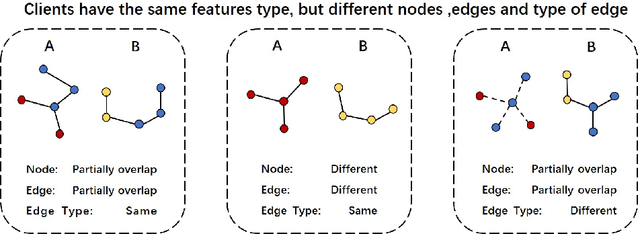

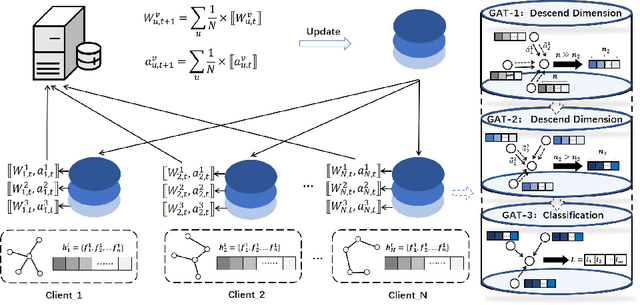
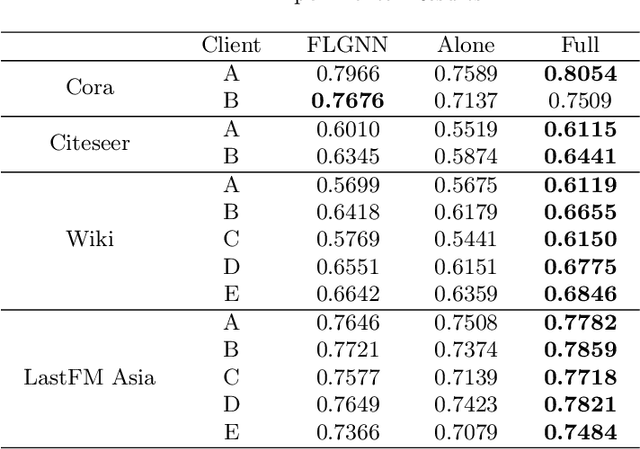
Abstract:Over the past few years, federated learning has become widely used in various classical machine learning fields because of its collaborative ability to train data from multiple sources without compromising privacy. However, in the area of graph neural networks, the nodes and network structures of graphs held by clients are different in many practical applications, and the aggregation method that directly shares model gradients cannot be directly applied to this scenario. Therefore, this work proposes a federated aggregation method FLGNN applied to various graph federation scenarios and investigates the aggregation effect of parameter sharing at each layer of the graph neural network model. The effectiveness of the federated aggregation method FLGNN is verified by experiments on real datasets. Additionally, for the privacy security of FLGNN, this paper designs membership inference attack experiments and differential privacy defense experiments. The results show that FLGNN performs good robustness, and the success rate of privacy theft is further reduced by adding differential privacy defense methods.
Is Multi-Modal Necessarily Better? Robustness Evaluation of Multi-modal Fake News Detection
Jun 17, 2022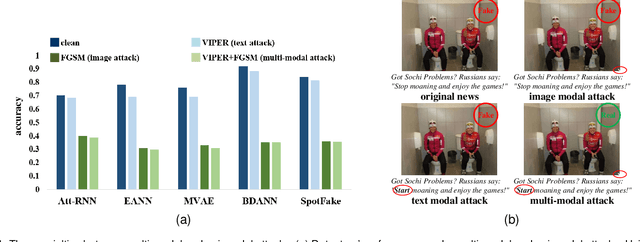
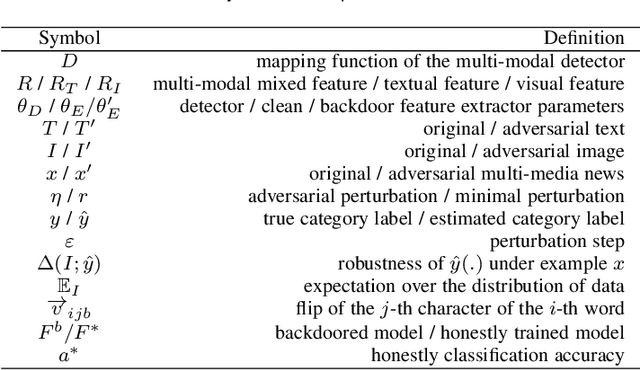
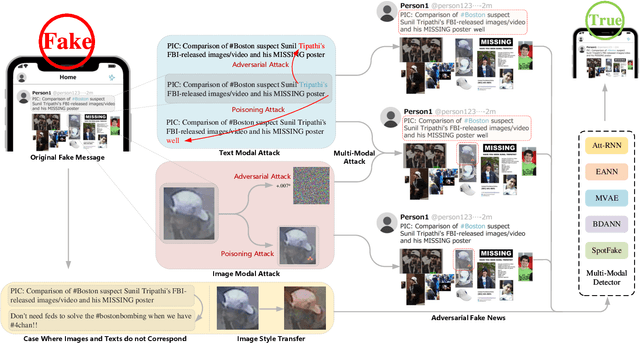

Abstract:The proliferation of fake news and its serious negative social influence push fake news detection methods to become necessary tools for web managers. Meanwhile, the multi-media nature of social media makes multi-modal fake news detection popular for its ability to capture more modal features than uni-modal detection methods. However, current literature on multi-modal detection is more likely to pursue the detection accuracy but ignore the robustness of the detector. To address this problem, we propose a comprehensive robustness evaluation of multi-modal fake news detectors. In this work, we simulate the attack methods of malicious users and developers, i.e., posting fake news and injecting backdoors. Specifically, we evaluate multi-modal detectors with five adversarial and two backdoor attack methods. Experiment results imply that: (1) The detection performance of the state-of-the-art detectors degrades significantly under adversarial attacks, even worse than general detectors; (2) Most multi-modal detectors are more vulnerable when subjected to attacks on visual modality than textual modality; (3) Popular events' images will cause significant degradation to the detectors when they are subjected to backdoor attacks; (4) The performance of these detectors under multi-modal attacks is worse than under uni-modal attacks; (5) Defensive methods will improve the robustness of the multi-modal detectors.
Subgraph Networks with Application to Structural Feature Space Expansion
Apr 01, 2019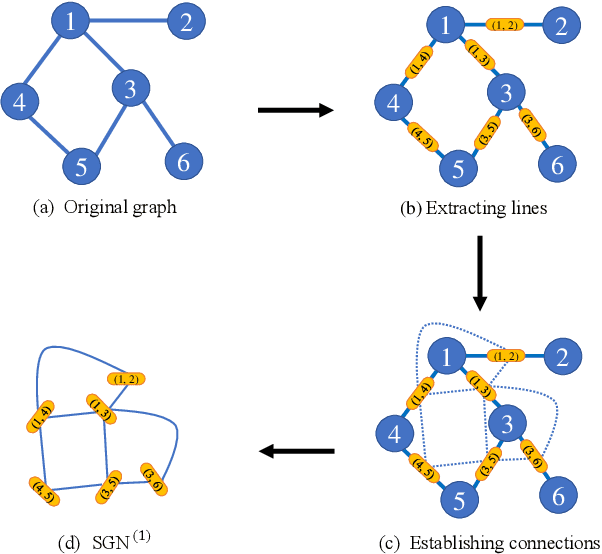
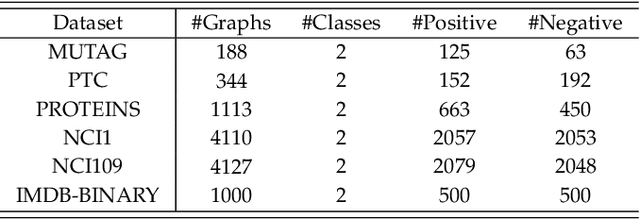
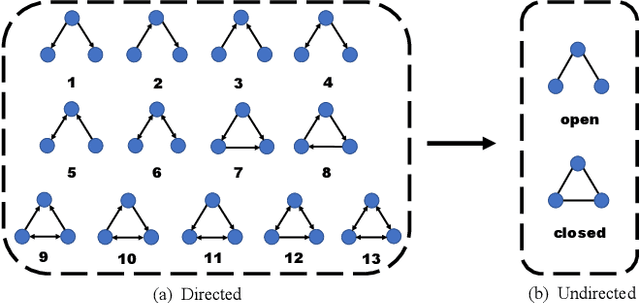
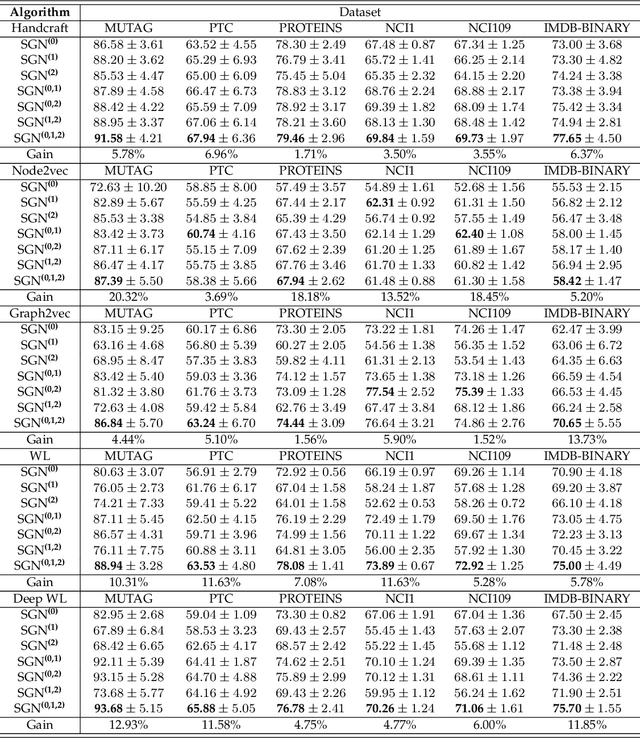
Abstract:In this paper, the concept of subgraph network (SGN) is introduced and then applied to network models, with algorithms designed for constructing the 1st-order and 2nd-order SGNs, which can be easily extended to build higher-order ones. Furthermore, these SGNs are used to expand the structural feature space of the underlying network, beneficial for network classification. Numerical experiments demonstrate that the network classification model based on the structural features of the original network together with the 1st-order and 2nd-order SGNs always performs the best as compared to the models based only on one or two of such networks. In other words, the structural features of SGNs can complement that of the original network for better network classification, regardless of the feature extraction method used, such as the handcrafted, network embedding and kernel-based methods. More interestingly, it is found that the model based on the handcrafted feature performs even better than those based on automatically generated features, at least for most datasets tested in the present investigation. This indicates that, in general, properly chosen structural features are not only more interpretable due to their clear physical meanings, but also effective in designing structure-based algorithms for network classification.
 Add to Chrome
Add to Chrome Add to Firefox
Add to Firefox Add to Edge
Add to Edge